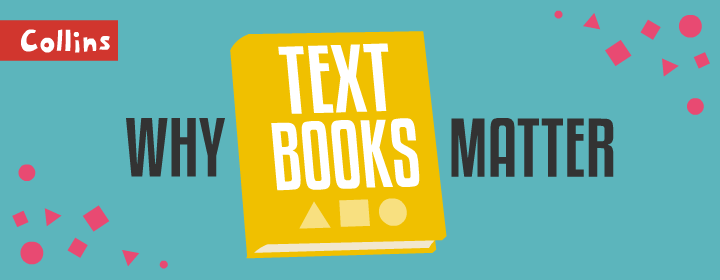I am a changed teacher. I used to sniff at the idea of using textbooks with my students – how uncreative! How boring! How lazy! When I observed Maths lessons, I used to roll my eyes when the teachers gave out textbooks to their students. However, if I am honest with myself, I think I was just jealous: how much easier to have ready-prepared activities and resources for your students, rather than spending hours creating (or worse, re-creating) worksheets! It seemed like a cop-out to me for a long time, but I now realise it was just sensible teaching.
There are many reasons why using high quality textbooks is a good idea for you and your students in these times of tight budgets and poor work/life balance.
Firstly, it reduces workload. With all the changes to the curriculum, factoring in planning high-quality schemes of learning for new content, alongside all the marking, data analysis and intervention that I have to do, is stretching me to my limits. Why not accept some help, especially well-planned help, which will support my students to do their best?
Secondly, the resources are high-quality. A set of books can provide engaging, scaffolded tasks, lesson plans, worksheets and on-line resources. There is no way I could personally create the same range and quality of learning resources for my students! Why should they miss out, just because of my own pride?
Thirdly, textbooks can provide expert advice. Good textbooks are written and edited by experts in the field, such as examiners. When teaching new specifications, we are all clamouring for inside knowledge to how the new syllabus should be taught and how students will be examined, so using resources edited by a principal examiner is surely good practice!
Furthermore, don’t forget that textbooks can be amazingly flexible. You do not need to use a whole book or a whole chapter, but can integrate sections into your scheme of learning as suits you and your students. They can be used to support students who need extra help, or to extend students who need stretching. And don’t forget, they can also be used to set high-quality cover lessons. We have a spreadsheet set up in our department detailing each of the units in the AQA English books, so that teachers can quickly set cover and track which sections their students have completed.
Finally, and critically in these times of real-terms budget slashes, they are cost effective. The initial outlay for a set (or sets) of books is expensive, but at least that expense is a one-off, planned and definite cost. When I look at my department’s photocopying costs I despair. If you budget for textbooks at the beginning of the year the headache of continually monitoring how much Teacher X has spent on colour-copying A3 sheets diminishes.
So, what is stopping us? I think it is a fear that we will be judged for using someone else’s ideas. However, if those ideas are good ideas, then what is wrong with that? The most important things are that our students have well-planned lessons with engaging resources, and teachers who still have the energy to support and inspire them. I think investing in a decent set of textbooks can do this for us.



